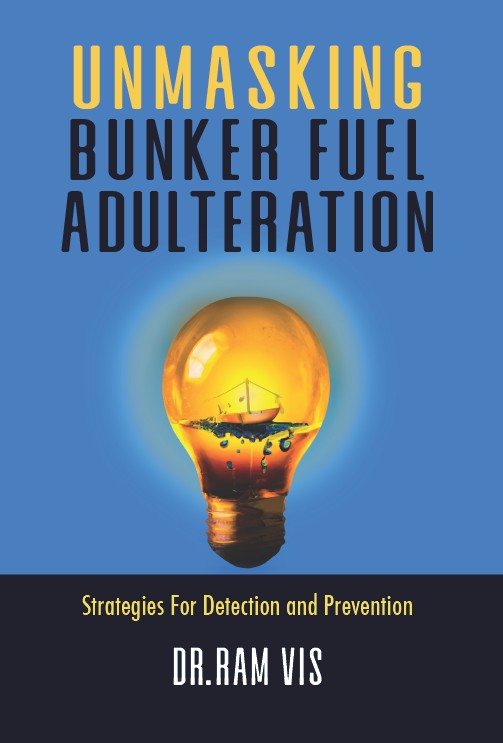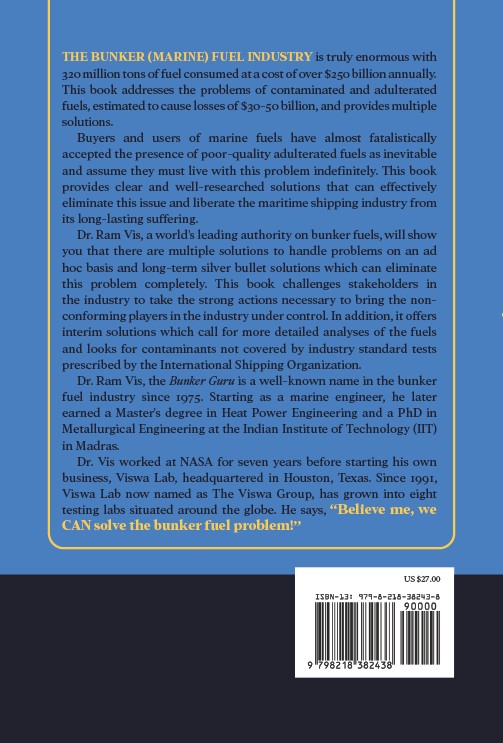
- The Black Sea Ceasefire between Russia and the US aims to improve market access for Ukrainian and Russian exports.
- Expected to lower shipping costs, benefiting agriculture, fertilizer, and coal trade.
- Sanctions relief could reshape the global steel trade, but long-term impacts remain uncertain.
The 30-day ceasefire agreement between the US and Russia, announced on March 25, is expected to improve global market access for Ukrainian and Russian agricultural and fertilizer exports. The deal, which also includes a halt on attacks on Ukrainian energy systems, follows three days of talks in Riyadh, Saudi Arabia and is effective retroactively from March 18.
According to Stanislav Zinchenko, CEO of Kyiv-based iron and steel consultancy GMK Center, the agreement could make Ukrainian cargo more accessible to world markets. He told Platts, part of S&P Global Commodity Insights:
“Not immediately, not in one week, but the sea corridor will become safer and theoretically the expenses on insurance, and freight [costs] can be reduced and more ships will operate in Ukrainian ports, which can improve access of Ukrainian cargo to world markets.”
A Moscow-based analyst noted that while the ceasefire will not radically solve Russia’s steel export issues, it could be more beneficial for coal shipments:
“The problem for [Russian] steel producers is low prices, general protectionism, and Chinese exports, which are plentiful. Of course, sanctions prevent selling in foreign currency, and freight rates are high due to military risks, but [the agreed-upon Black Sea ceasefire] will not solve the problem radically.
“It could be more positive for coal producers, though, because if freight fees lower, part of [Russia’s] coal can be transported with a somewhat better economy, adding $3-$4/mt, but it is still too early to be confident.”
Coal Export Challenges and Russian Trade Outlook
According to the Russian Price Indices Center, in 2024, logistics costs—including sea and land transport—made up 84% of the final price of Russian thermal coal, with slightly better netbacks for metallurgical coal. The only way for exporters to significantly reduce costs is by owning logistics infrastructure.
The price of premium low low-volatile coking coal declined sharply last year, falling by 40% from $332/mt CFR China in January to $198/mt in December. Prices weakened further to $175/mt by March 25. The coal market downturn led to a 9% drop in Russia’s coal exports in 2024, totaling 197 million mt, as increased shipments to China failed to offset a 37% decline in exports to India and a 39% drop in shipments to Turkey.
An Italian importer emphasized that for the full benefits of the ceasefire to be realized, Ukraine’s commercial ports must remain free of Russian attacks, and Ukraine must increase its production capacity. They added:
“Because there are still sanctions against Russia, once stability is restored and some sanctions are lifted, it will be a game changer for the steel trade.”
As of March 25, Platts assessed CIS export billet at $451/mt FOB Black Sea, remaining stable based on market indications.
























